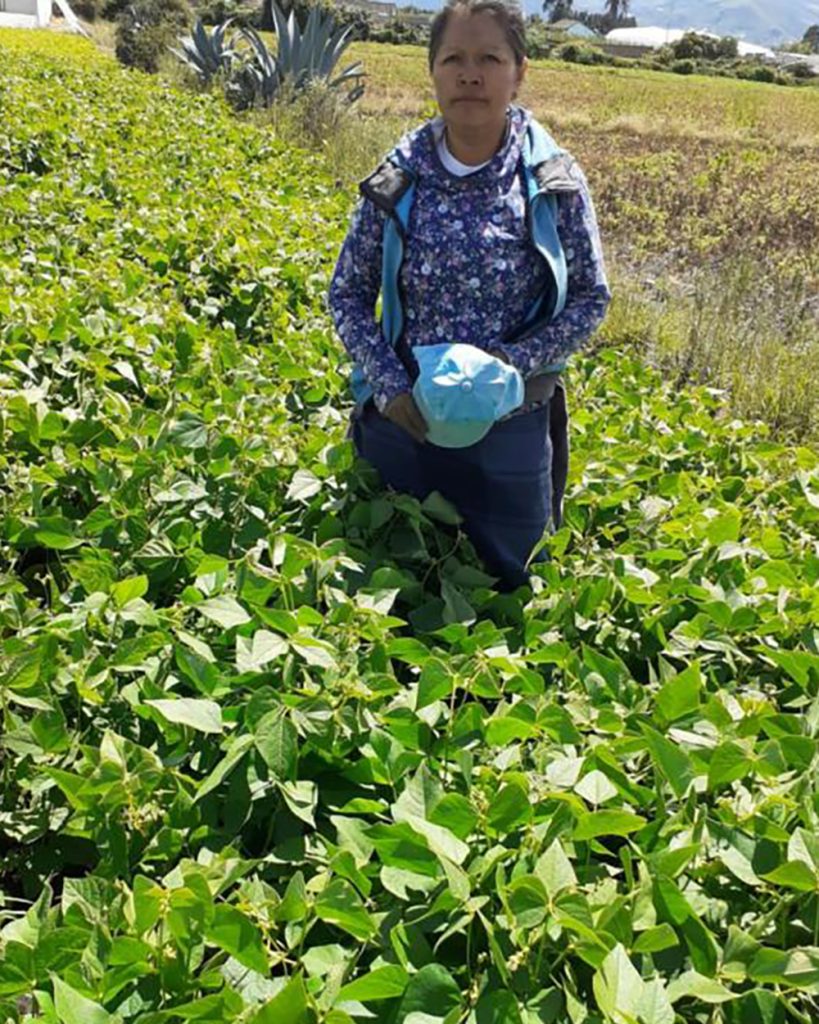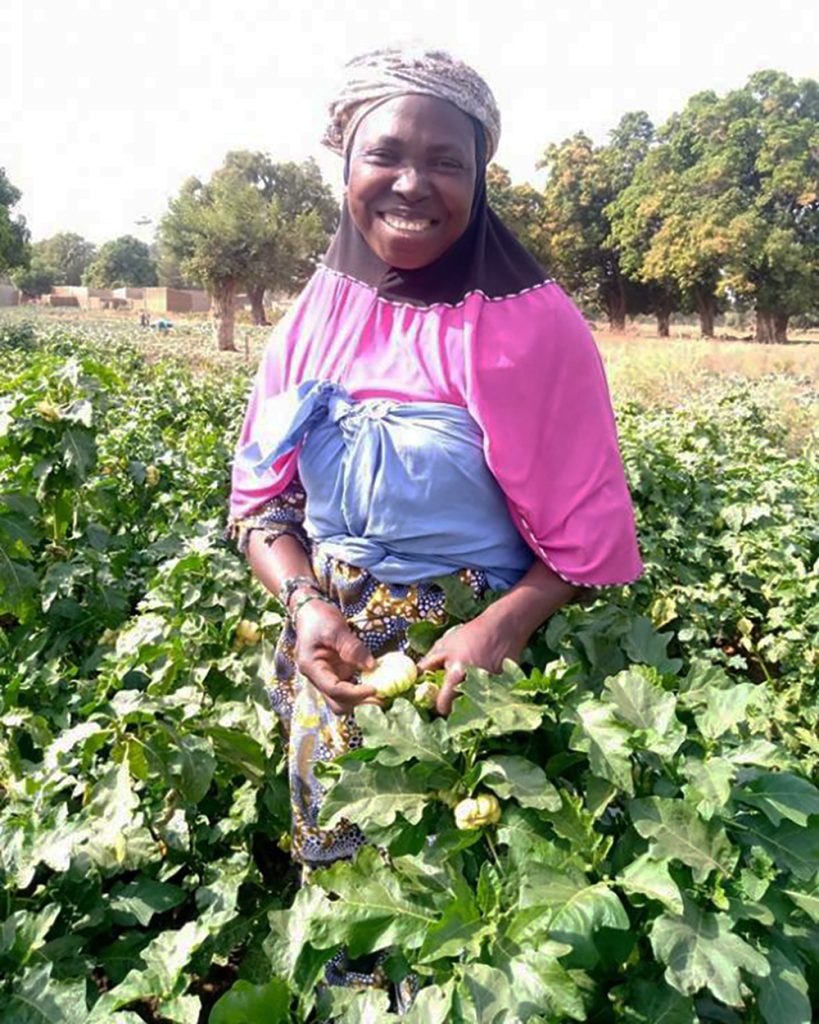As part of many city-wide initiatives meant to encourage preventive behaviors, when the kids got their Covid vaccine they each received a cash incentive. So we started talking about donating part of that money, and Kiva came up as an option for investing for social impact (the ‘investment’ being in social capital, not profit).
There’s been much debate over the years over how impactful investing through Kiva really is. Middleman MFIs (microfinance institutions) who are on the ground provide micro-loans to populations otherwise considered too ‘high risk’ by traditional banking institutions. And Kiva offsets those risks for the MFIs. The pros and cons are discussed at great length on blog posts, business reviews, white papers and in the literature. But all things considered, there’s a case for leveraging models such as Kiva’s and MFIs for empowering people around the world who are unable to access financing tools.
The kids spent some time looking through borrower profiles to learn about the different businesses in various countries. They ended up deciding to support two women with small farms. One is a mother of three in Mali, who will use her loan to purchase seeds and insecticides in order to have a good season. Someday she’s hoping to have a motorized water pump to make production easier. The other, in Ecuador, also has a family, and will use her loan to buy farming supplies and hire workers, to improve her crop of beans.
At this time of the year there’s a 1:1 match for investors, from Kiva’s corporate partners – bonus for stretching the small investments made on the platform.

As a postscript:
I’m a big believer in women being the foundation for lifting families and future generations out of poverty, and how important it is to secure their rights, ensure their education, and support their businesses. My Khmer tutor in Phnom Penh helped girls from her village in Kampong Thom by supporting their secondary education and even university for some.
Some of us former students who went back to our home countries helped raise funds for sending the girls to school. Each girl received a package which included tuition fees, a bicycle, clothes, school supplies, and other associated needs. Included in that package is the opportunity costs to her family for losing a set of hands to help earn money.
This effort has its challenges. Sometimes a girl will be forced to leave school because she’s the only one who can care for an elderly or newborn. One of the girls I learned a lot about was married off by her father – as soon as she graduated from university! – to an uneducated man who didn’t want her taking a job, and kept her home to raise kids. I was shocked. What a loss! But I also eventually learned that her kids are growing up to value their education and role in helping the family.
See the girls on their Facebook page.
“Proteep” (ប្រទីប) means light. In Cambodia, many girls are denied an education because families are too poor and choose to send their son to school instead. Yet when a girl goes to school, the cycle of poverty can be broken and the benefits can last for generations. As Mme. Soun Neang says, “I see the difference between my own life and my older sister who never went to school.”
Drawing inspiration from her own story, in 2004, Mme. Suon Neang decided she wanted to make a difference and began to provide scholarships to girls from poor families who would not otherwise have gone to school or been able to complete their education. She selected four girls who were good students and had completed third grade. These girls have since completed their university education.

Leave a Reply